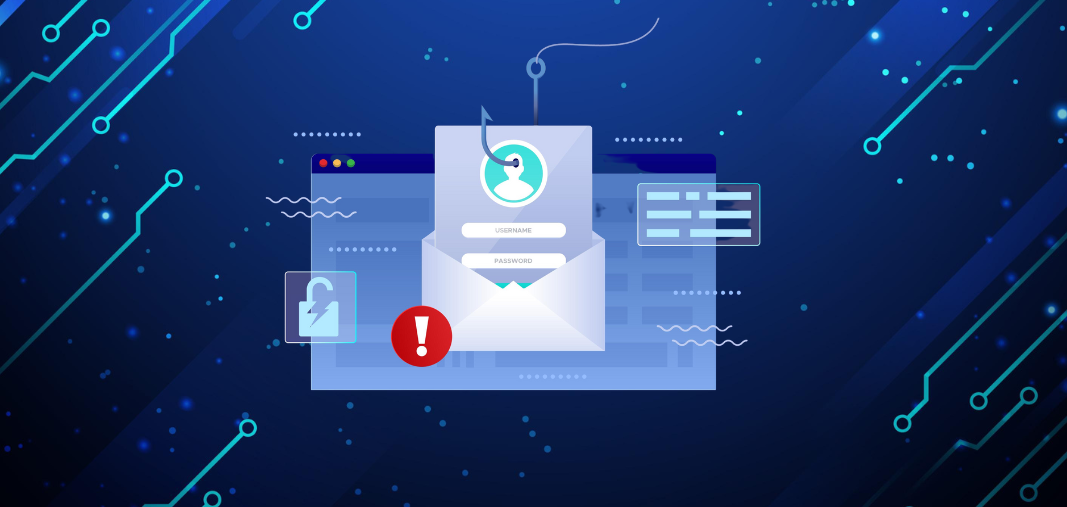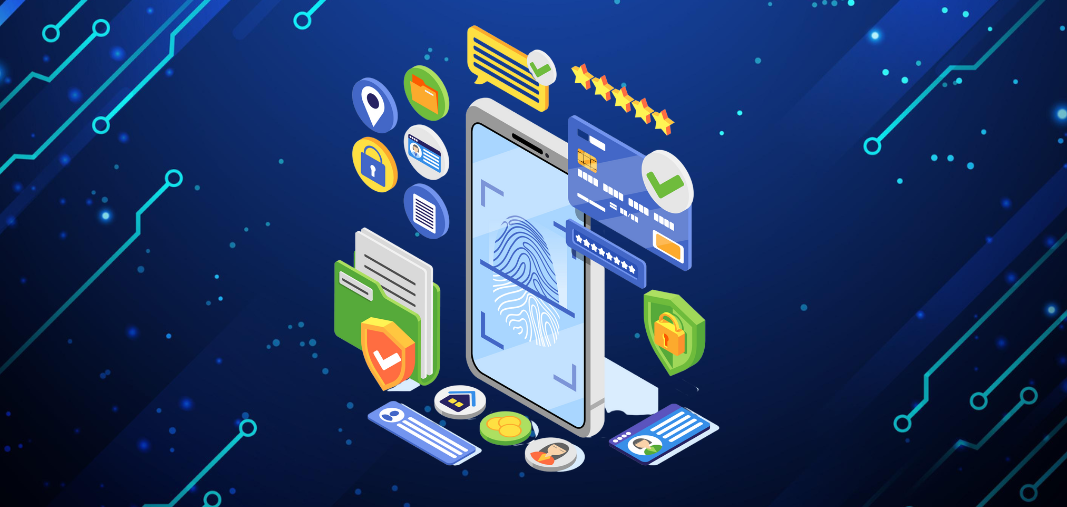
The Importance of Multi-Factor Authentication in Protecting Your Online Accounts
Introduction
In our modern digital era, where our dependence on online services and platforms is paramount, the significance of protecting our online accounts has become more critical than ever. As cyber threats continue to advance in sophistication, relying solely on passwords as security measures is no longer enough to keep our accounts safe. This is where the importance of multi-factor authentication (MFA) becomes evident, as it provides an additional layer of protection to safeguard our online identities and personal information. In this article, we will delve into the significance of multi-factor authentication and explain why it is crucial in ensuring the security of your online accounts.
Understanding Multi-Factor Authentication
Multi-factor authentication (MFA) or two-factor authentication (2FA) is indeed an effective security protocol that provides an additional layer of protection for online accounts. By requiring users to provide multiple forms of evidence to verify their identity, it reduces the risk of unauthorized access even if one factor (such as a password) is compromised.
The three common categories of factors used in multi-factor authentication are:
- Knowledge factors: These are something the user knows, such as a password, PIN, or answers to security questions. This factor relies on information that only the legitimate user should know.
- Possession factors: These are something the user possesses, typically a physical device like a mobile phone, token, or smart card. The user needs to have the physical device in their possession to complete the authentication process.
- Inherence factors: These are something inherent to the user, often related to biometric characteristics like fingerprints, facial recognition, or voice recognition. This factor relies on unique physical or behavioural attributes of the user.
To authenticate using multi-factor authentication, a user typically provides one factor from each category. For example, after entering a password (knowledge factor), they might receive a one-time code on their mobile phone (possession factor) that they need to enter to complete the authentication process.
By combining these different factors, multi-factor authentication significantly improves account security. Even if an attacker manages to obtain a user’s password, they would still need access to the physical device or biometric data associated with the account to successfully log in, making unauthorized access much more challenging
Strengthening Security
The fundamental objective of implementing multi-factor authentication (MFA) is indeed to enhance security measures and protect sensitive data from unauthorized access. By adding an extra layer of authentication, even if an attacker manages to acquire a user’s password, they will still need the supplementary factor (such as a verification code sent to a mobile device) to gain entry to the account.
The purpose of this additional factor is to provide an additional barrier that makes it significantly more difficult for attackers to impersonate a legitimate user. By requiring multiple forms of evidence, such as something the user knows (password) and something they possess (mobile device), multi-factor authentication diminishes the likelihood of unauthorized access.
This enhanced security measure greatly reduces the risk of compromised accounts and safeguards sensitive data from potential compromise. Even if an attacker manages to obtain a user’s password through various means, they would still be unable to access the account without the supplementary factor. This protects personal information, financial data, and other sensitive information from falling into the wrong hands.
Protecting Against Password Attacks
Passwords are frequently identified as the weakest link in online security, primarily because of user behaviours such as password reuse or the adoption of easily guessable combinations. As a result, individuals become susceptible to various malicious techniques, including brute-force attacks, dictionary attacks, and credential stuffing. However, multi-factor authentication plays a crucial role in mitigating these risks by introducing an extra layer of independent security that is significantly more difficult to exploit. By implementing multi-factor authentication, users strengthen their defences against vulnerabilities associated with passwords, ultimately enhancing the overall security of their online accounts.
Defending Against Phishing Attempts
Phishing attacks remain a prevalent tactic used by cybercriminals to trick users into revealing their login credentials. However, multi-factor authentication serves as a strong countermeasure. Even if a user becomes a victim of a phishing attempt and unintentionally discloses their password, the attacker will still encounter the obstacle of obtaining the additional authentication factor to gain unauthorized access. This acts as a robust defense mechanism because the attacker would require physical possession of the user’s device or access to their unique biometric data. By implementing multi-factor authentication, individuals establish a powerful safeguard against the consequences of phishing attacks, thereby reinforcing the security of their online accounts.
Adapting to Evolving Threats
In the ever-changing landscape of cyber threats, which is marked by the constant emergence of new attack vectors and techniques, multi-factor authentication (MFA) stands as a dynamic security measure that can effectively adapt to these changes. With technological advancements, the options for MFA have expanded to include a wide range of robust methods, such as biometrics, hardware tokens, push notifications, and other innovative approaches. This versatility ensures that users have access to increasingly strong and sophisticated authentication mechanisms, providing them with the necessary defences to effectively counter emerging threats.
By embracing multi-factor authentication, individuals enhance their resilience against evolving cyber risks. MFA not only addresses current vulnerabilities but also prepares them for future security challenges. The ability to combine different factors and leverage advanced authentication technologies strengthens the overall security posture of their digital presence. It reduces the likelihood of successful attacks, minimizes the impact of data breaches, and helps protect sensitive information from falling into the wrong hands.
By staying proactive and adopting multi-factor authentication, individuals can adapt to the evolving threat landscape and fortify their defences against emerging cyber risks. It is an essential component of a robust security strategy that helps ensure the ongoing protection of digital assets and maintains the trust and confidentiality of online accounts.
Balancing Security and Convenience
Indeed, some individuals may express concerns about the perceived inconvenience of multi-factor authentication’s additional step in the login process. However, it is crucial to carefully weigh the trade-off between convenience and security. While the extra step may require entering a code or using biometric authentication, the slight inconvenience is significantly outweighed by the potential consequences of a compromised account.
Considering the increasing prevalence of online threats and the potential impact of unauthorized access to personal information, prioritizing security over convenience becomes essential. Many online platforms now offer multi-factor authentication options, recognizing their importance in protecting user accounts.
By embracing a proactive approach and implementing multi-factor authentication, users can effectively mitigate the risks associated with unauthorized access. The inconvenience of the additional step during login pales in comparison to the potential loss of sensitive information, financial harm, or damage to one’s online reputation resulting from an account compromise.
It is crucial to understand that the minor inconvenience of multi-factor authentication serves as a crucial security layer and offers peace of mind knowing that the account is better protected against various threats. By adopting this security measure, individuals demonstrate a commitment to safeguarding their sensitive information and actively contribute to a safer online environment.
Conclusion
In conclusion, as our reliance on online services and platforms continues to grow, robust security measures become increasingly crucial. Multi-factor authentication (MFA) provides a vital layer of protection by requiring users to provide multiple forms of evidence to verify their identity during login. By combining factors such as knowledge, possession, and inherence, MFA significantly strengthens the security of digital accounts, defending against password attacks and phishing attempts. It adapts to evolving threats and strikes a balance between security and convenience.
While there may be a slight inconvenience in the login process, it is essential to prioritize security over convenience. This proactive approach is necessary to mitigate the risks of compromised accounts and effectively protect sensitive information. By embracing multi-factor authentication, individuals empower themselves to navigate the digital landscape with greater confidence, ensuring the safeguarding of their online identities and personal data in our increasingly interconnected world.
Elevate Access Security: Delight Your Workforce and Customers with Okta’s Adaptive Multi-Factor Authentication.
Experience secure and intelligent access that delights both your workforce and customers with Okta’s Adaptive Multi-Factor Authentication (MFA). Our solution combines advanced security measures and intelligent adaptability to create a seamless and robust authentication experience. Say goodbye to passwords and hello to a future-proof solution that empowers your organization while safeguarding against threats.










